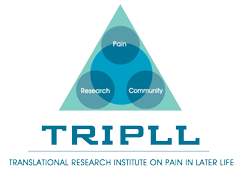Association between Physical Activity, Fractures, and Falls among Older Adult Men
allison2018-10-01T00:03:44-04:00A recent study published in American Geriatric Society determined the association between objectively measured physical activity (PA), fractures, and falls among 2731 older adult men (mean age= 79). The authors found that 28% of study participants fell “at least once over 12-months of follow up.” The authors also noted that the association “between physical activity and falling varied according to age,” and “interventions aimed at obtaining more than 30 minutes of moderate PA per day may reduce fractures.” Full Story
